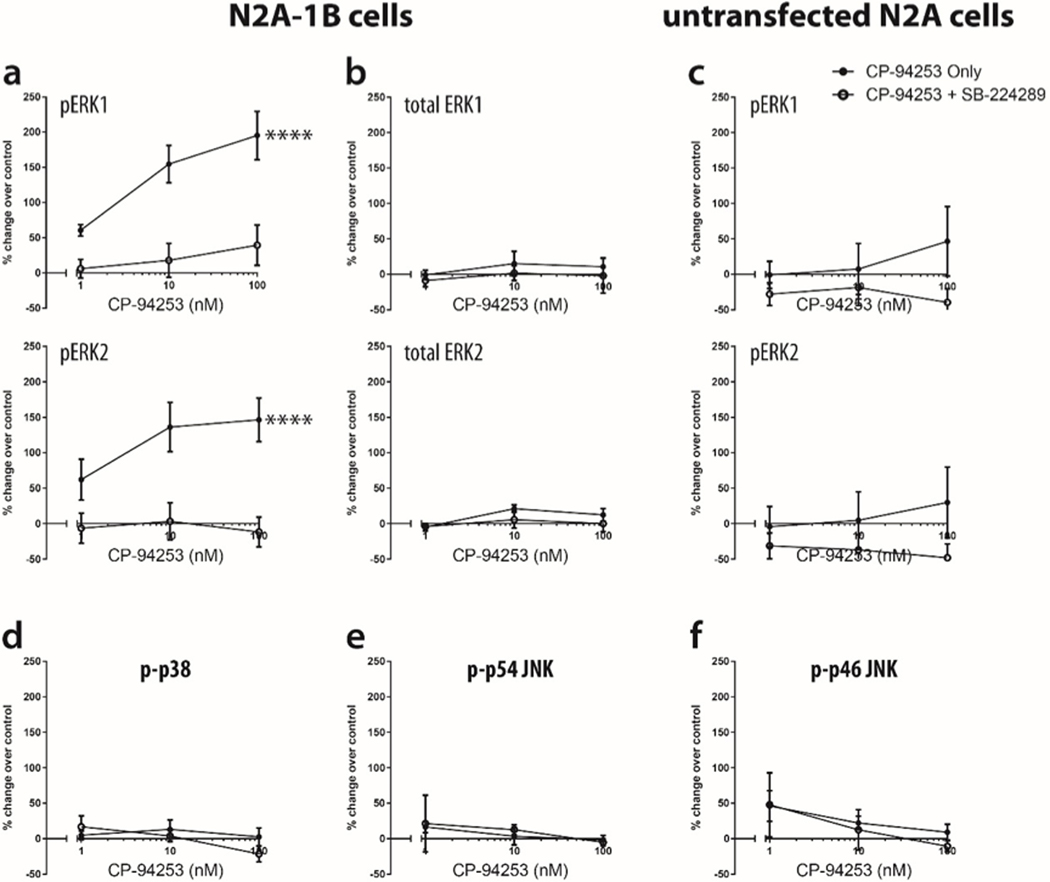Figure 2. CP-94253 increases levels of phospho-ERK1/2, but not phospho-p38 or phospho-SAPK/JNK, in N2A-1B cells, but not in untransfected N2A cells.
(a) Treatment with CP-94253 (1–100 nM) for ten minutes increased phosphorylation of ERK1 and ERK2 in N2A-1B cells compared to unstimulated N2A-1B control cells treated with vehicle (PBS), but this was blocked by pretreatment with the antagonist SB-224289 (pERK1 F1,24 = 34.07, p < 0.0001; pERK2 F1,24 = 28.38, p < 0.0001). (b) No change was observed in total ERK in N2A-1B cells (total ERK1 F1,18 = 0.89, p = 0.36; total ERK2 F1,18 = 1.79, p = 0.20). (c) No change was observed in phospho-ERK1/2 with agonist treatment in untransfected wild-type N2A cells (pERK1 F1,24 = 3.62, p = 0.07; pERK2 F1,24 = 3.52, p = 0.07). Agonist treatment did not change levels of (d) phospho-p38 (F1,18 = 0.58, p = 0.46), (e) phospho-p54 JNK (F1,18 = 0.06, p = 0.81), and (f) phospho-p46 JNK (F1,18 = 0.21, p = 0.65). Data are expressed as the percent change in pERK signal compared to the no agonist control from each independent biological replicate. Error bars represent SEM and data are averages of 4–5 independent biological replicates (two-way ANOVA; ****p < 0.00001).

